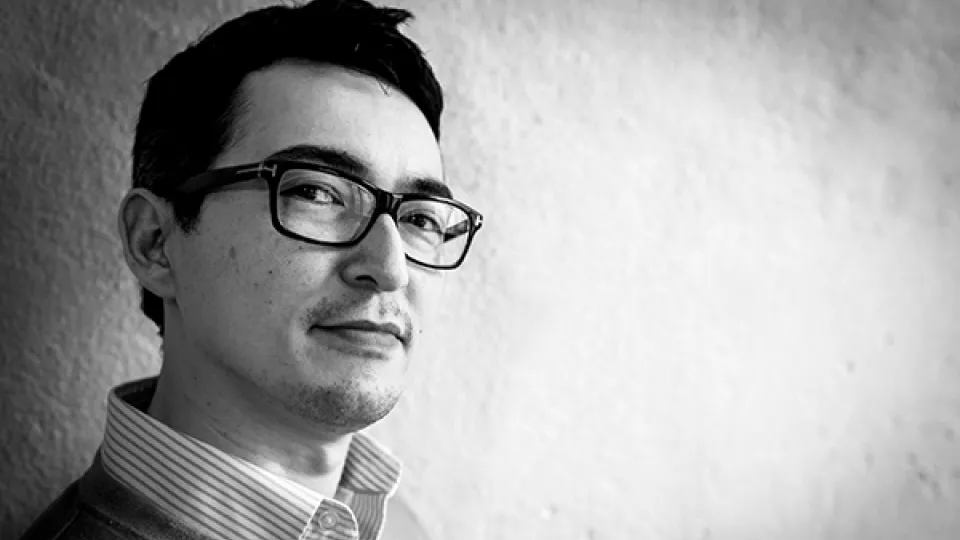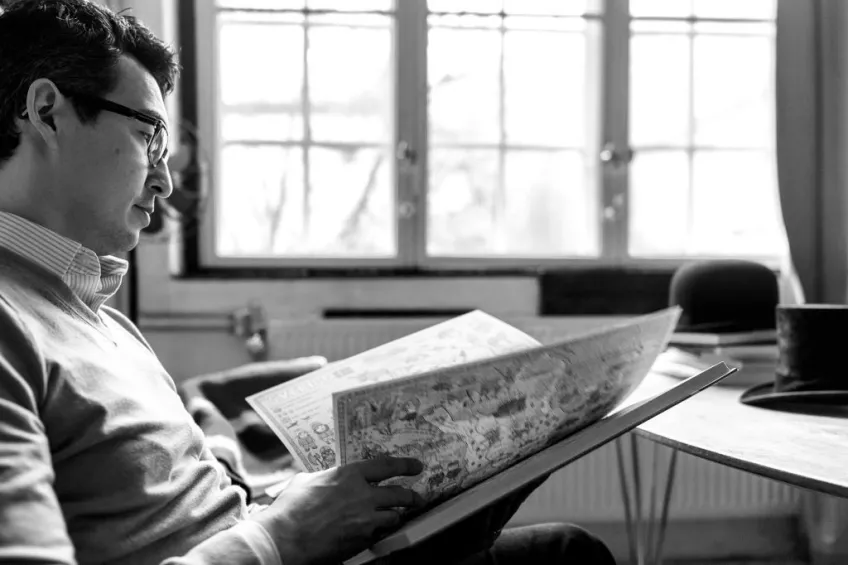“It’s a great feeling when you can go the whole way from having an idea and doing the research, to having a test or a service that can be used in health care to help cancer patients”, says Lao Saal, head of the Translational Oncogenomics Unit at Lund University.
His research is all about understanding the special aberrations that occur in our genetic material (our DNA), that causes and promotes different types of cancer. This understanding helps in finding target sites in the tumour cell for new drugs. It also helps in finding biomarkers (biological markers) that reveal if, and how much, cancer is present.
Tumour DNA circulate in the blood
Analysing biomarkers can be used not only to diagnose cancer but also for monitoring changes during treatment and making sure that you have the optimal therapy. Recently, Lao Saal’s group has been focusing on a biomarker called circulating tumour DNA (ctDNA). ctDNA is DNA that comes from tumour cells and escapes into our bloodstream as free DNA. Together with the normal DNA from healthy cells, that all people have as well, ctDNA circulates around in the bloodstream.
“We have known for some time that DNA from tumour cells existed in the blood, but the technology had not been advanced enough to reliable detect and quantify it”, says Lao Saal.
New technologies monitor ctDNA
It’s only in the last decade that genomic methods advanced enough that four years ago Lao Saal’s group could start developing their own technologies. With the help of these new advancements, they have invented exquisitely sensitive methods to monitor ctDNA.
“The major innovation is that we can detect and reliably measure smaller and smaller amounts of ctDNA in bodily fluids such as blood samples, at a much improved limit of detection compared to other methods”, says Lao Saal.
Easier to follow up lung cancer treatment
After that their research has proven ctDNA to be a robust biomarker. The major advantage of using this biomarker is that it only requires a “liquid biopsy” instead of surgical biopsy. One concrete example of this is when you want to determine mutations in lung tumour cells. For lung cancer, there are several drugs to choose between depending on which mutations your tumour has. Some of the tumours also evolve to new mutations, which means that the patient after some time may need another treatment.
“You need to follow up these patients several times to make certain that they get the best treatment”, Lao Saal explains. “But to get the tissue to diagnose the mutations is difficult and risky since you need to do a surgical biopsy of a tumour that can be located very close to vital areas in the lungs and heart.”
In an ongoing study of patients with advanced lung cancer, led by oncologist Maria Planck, Lao Saal’s group used their liquid biopsy techniques to monitor ctDNA.
Based on our ctDNA results the oncologists could switch to a more appropriate therapy.
“By studying the amount of the biomarker ctDNA with our blood test, we have detected new mutations in some patients that are clinically relevant. And based on our ctDNA results the oncologists could switch to a more appropriate therapy.”
The ctDNA analysis will revolutionize oncology
In addition to using these approaches in the research setting, Lao Saal together with Anthony George, also from Lund University, has started the company SAGA Diagnostics in order to offer these tests and services also for, among others, healthcare. There are some cancer types where early detection and better monitoring will be a huge benefit, according to Lao Saal. For example lung cancer and pancreatic cancer which both have very short survival rates. If cancer can be diagnosed at an earlier stage and monitored better within health care, there is an improved chance of longer survivals or even of full recovery.
“Today the ctDNA analysis is used very limited in the clinic, but this analysis is going to revolutionize oncology. In 5 years it is going to be standard in a number of cancer types and in ten years I think it will become a standard test in most cancer types!”
Lao Saal is also optimistic about the possibilities for a ctDNA-based screening test for cancer within 20 years. However, it will take 10-15 years before there is enough evidence to say that a screening test will work. So, behind every new test that may be offered to healthcare, there is a long process from an idea and through research and clinical trials.
“I find this process to be a fun challenge and extremely rewarding”, Lao Saal concludes.


